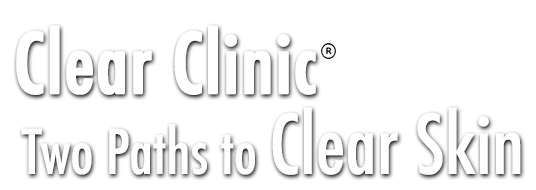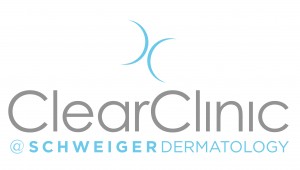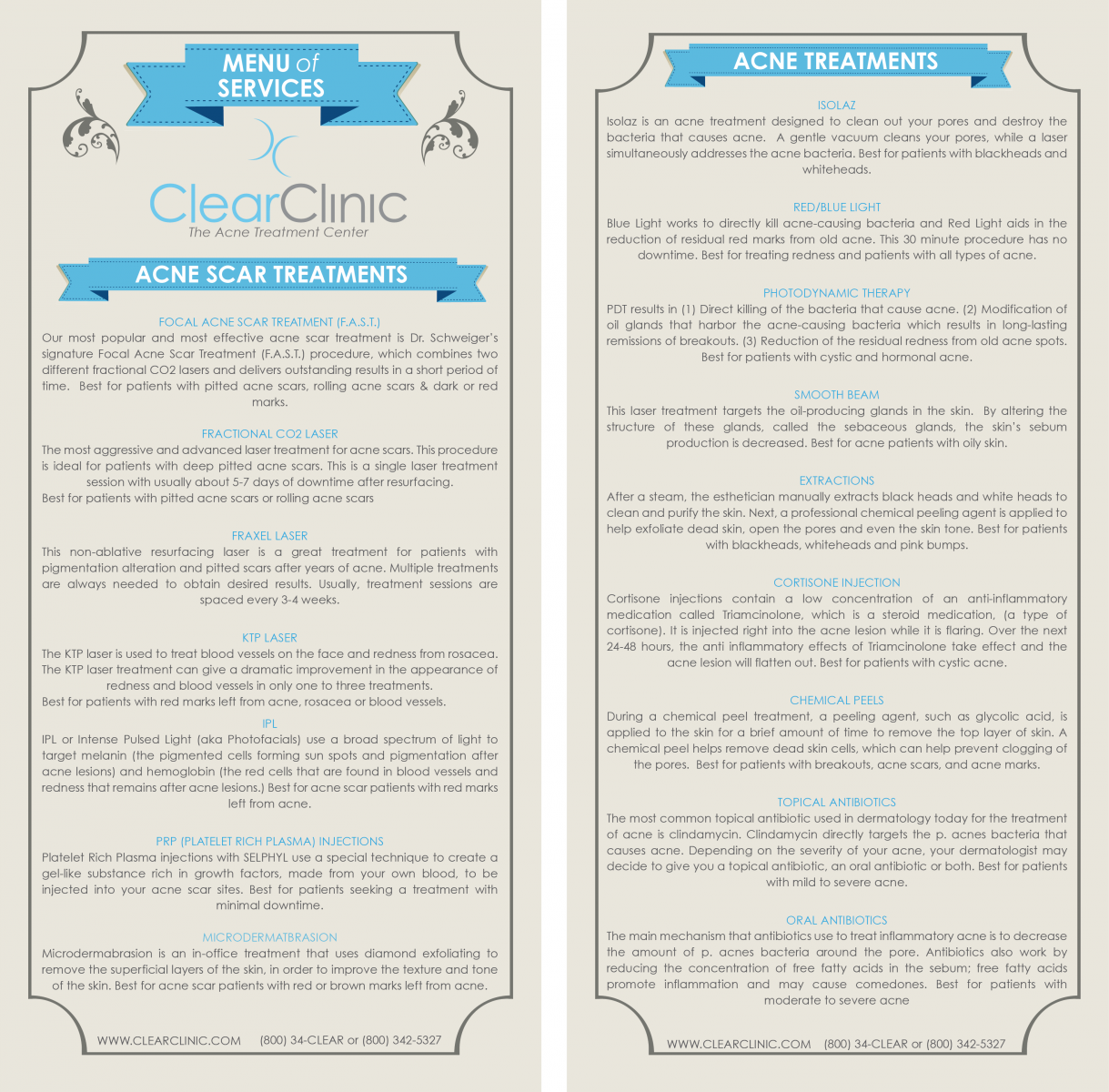
What Acne Treatments are Covered By Insurance?
 Treatment of acne is important; without prompt treatment of acne, permanent scarring can develop on the face and body. It is important to know what acne treatments are covered by insurance when choosing an acne treatment plan. There are excellent in-office treatments, such as Photodynamic Therapy and Isolaz, that work quickly – however, these treatments are not covered by insurance plans. At Schweiger Dermatology, we understand that sometimes its important to stick with what is covered by your insurance plan. Every plan is different, so we recommend checking with your insurance regarding specific medications and deductibles. In our experience, the following acne treatments are covered by most insurance plans:
Treatment of acne is important; without prompt treatment of acne, permanent scarring can develop on the face and body. It is important to know what acne treatments are covered by insurance when choosing an acne treatment plan. There are excellent in-office treatments, such as Photodynamic Therapy and Isolaz, that work quickly – however, these treatments are not covered by insurance plans. At Schweiger Dermatology, we understand that sometimes its important to stick with what is covered by your insurance plan. Every plan is different, so we recommend checking with your insurance regarding specific medications and deductibles. In our experience, the following acne treatments are covered by most insurance plans:
- Prescription medications: Most prescription medications, such as topical and oral antibiotics, are covered by insurance. For patients without prescription coverage, we compound some of our own medications, that often end up being less expensive than some insurance copays.
- Cortisone injection: Cortisone injections flatten out acne cysts within 24 hours. These tiny shots are covered by most insurance plans and same day appointments are available for last minute acne flares.
- Acne consultation: Clear Clinic acne visits are covered by insurance. Meet with a dermatologist or specialized dermatology physician assistant to determine the best course of treatment for your skin type.
Click here to learn more about treatment options for acne that are available at the Clear Clinic in Manhattan. The Clear Clinic has both uptown and downtown locations to make your visits convenient.
Click here to schedule an acne consultation at the Clear Clinic in NYC.









 Acne has been treated with
Acne has been treated with 